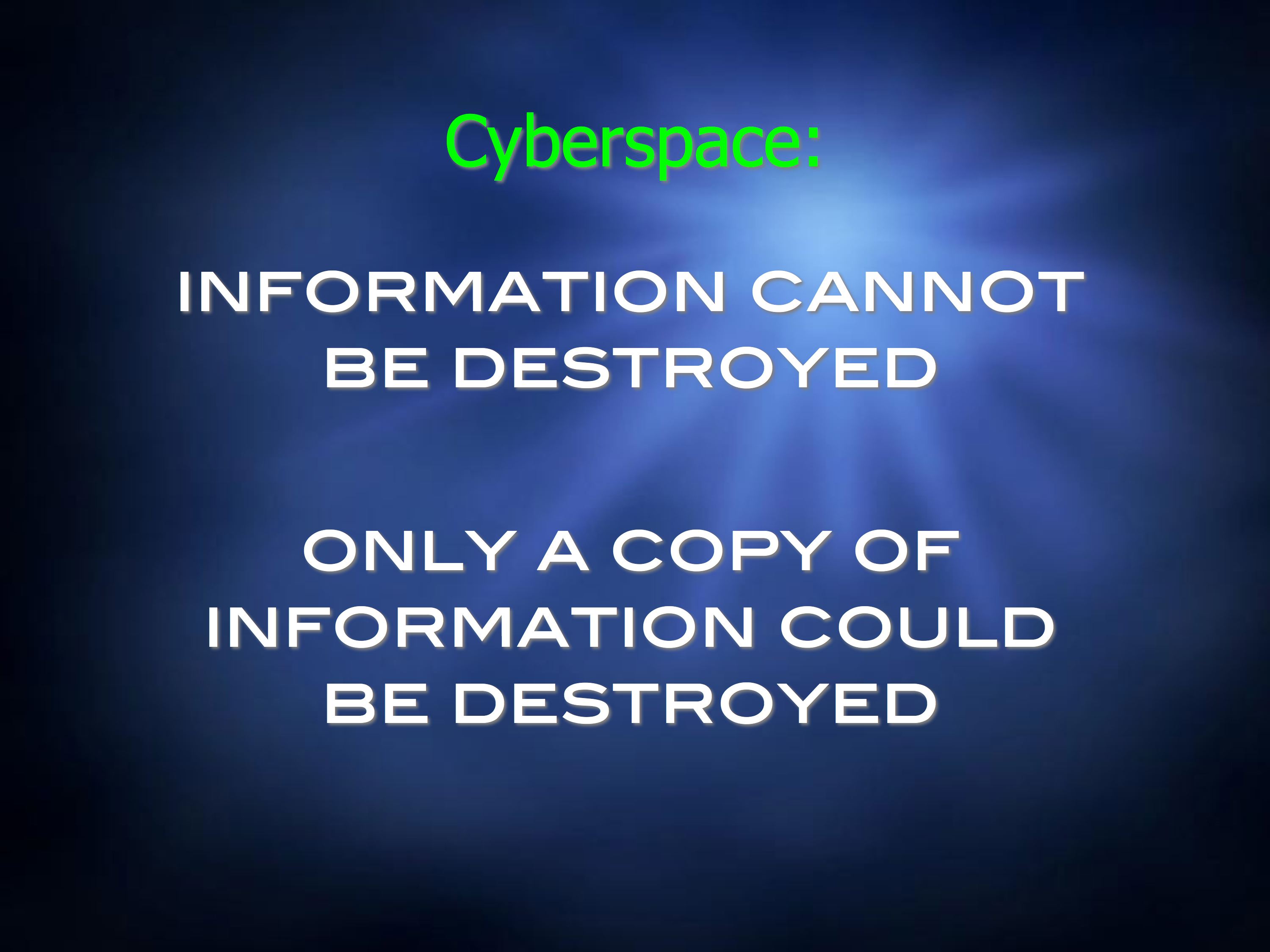Victor Sheymov’s comprehensive multi-disciplinary approach suggests a fundamentally new approach to security in cyberspace, using methods native to cyberspace, and his book lays out a foundation for an effective, feasible and reliable cybersecurity technology.
“We finally seem to realize that we have run out of nontechnological solutions to the technological problem. This book establishes that our legacy computer security systems are not effective for a simple reason: we tried to adopt security methods developed in our physical space for protecting cyberspace objects. These two spaces are so different that methods effective in one do not necessarily work in the other. Our physical space security methods are generally static. We tried to export them into cyberspace, and experience tells us they are not effective there. In order to adapt to the highly dynamic environment of cyberspace, we need to base our security on dynamics and secure virtualization.
The mainstream government experts are finally beginning to realize and acknowledge that fundamentally different principles of cyber security must be developed, and they are now requesting the development of “dynamic” systems. For instance, the Department of Homeland Security recently stated: “It is now clear that static systems present a substantial advantage to attackers.” The US Army’s CERDEC (Communications-Electronics Research, Development) stated: “The CERDEC is interested in proposals for MORPHINATOR to develop cyber maneuver technologies including Port hopping and IP hopping….”
The fact that government experts are beginning to request development of new dynamic technologies is encouraging. But we need to understand that we are living free of a major cyber attack on borrowed time. We are extremely vulnerable, and we do not know how wide is the window of time we have to protect ourselves. Given all the issues raised above, this book explains the difference between true cyber security and the failed legacy approaches to computer security. The reader will discover that cyberspace is so different from our physical space that security there has to be approached from a fundamentally different direction.”




